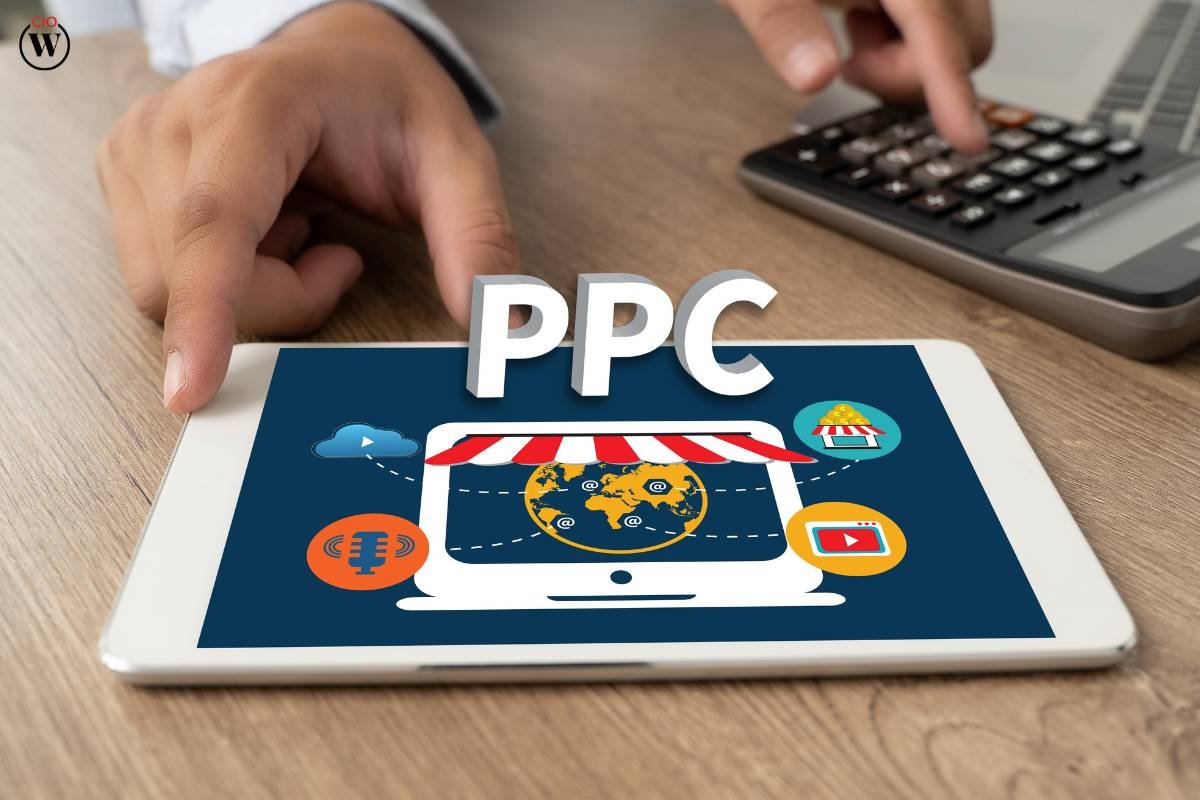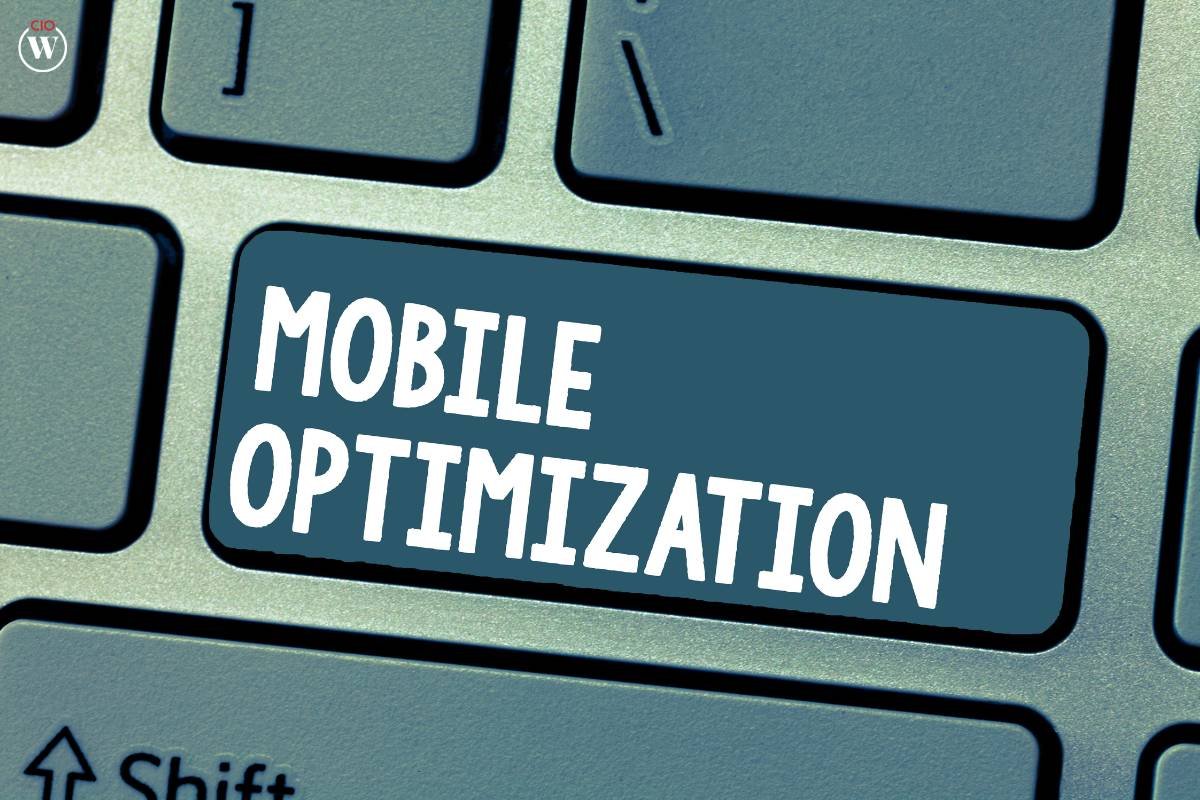In today’s digital age, businesses of all sizes are leveraging the power of pay-per-click (PPC) advertising to drive targeted traffic to their websites and generate leads or sales. However, creating effective PPC landing pages can be time-consuming and challenging, especially for those without design or coding skills. That’s where PPC website templates come into play. In this comprehensive guide, we’ll explore the benefits of using pay-per-click website templates, how to choose the right template for your needs, and tips for optimizing your PPC landing pages for maximum conversions.
Understanding Pay-Per-Click Website Templates
PPC website templates are pre-designed, customizable web pages specifically tailored for use in PPC advertising campaigns. These templates typically feature clean layouts, compelling visuals, and clear calls-to-action (CTAs) aimed at driving conversions. By using a PPC website template, businesses can save time and resources while ensuring their landing pages are optimized for maximum impact.
Benefits of Using PPC Website Templates
1. Time and Cost Efficiency: Creating a custom landing page from scratch can be time-consuming and costly, especially for small businesses or entrepreneurs with limited resources. Pay-per-click website templates offer a cost-effective solution by providing pre-designed layouts and elements that can be easily customized to fit your brand and campaign goals.
2. Professional Design: Pay-per-click website templates are often designed by experienced web developers and designers who understand the principles of effective landing page design. By using a professionally designed template, businesses can convey credibility and professionalism to their audience, which can help increase trust and conversions.

3. Optimization for Conversions: Many PPC website templates are optimized for conversions, with features such as prominent CTAs, persuasive copywriting, and responsive design. By leveraging these optimization techniques, businesses can increase the likelihood of visitors taking the desired action, whether it’s making a purchase, signing up for a newsletter, or requesting more information.
4. Flexibility and Customization: While pay-per-click website templates provide a starting point for your landing page design, they also offer flexibility for customization. Most templates allow you to change colors, fonts, images, and other elements to align with your brand identity and messaging. This flexibility enables businesses to create unique, tailored landing pages that resonate with their target audience.
How to Choose the Right PPC Website Template
1. Define Your Goals: Before choosing a pay-per-click website template, it’s essential to define your campaign goals and objectives. Are you looking to drive sales, capture leads, or promote brand awareness? Understanding your goals will help you select a template that aligns with your specific needs and desired outcomes.
2. Consider Your Audience: Think about your target audience’s preferences, demographics, and behavior when selecting a pay-per-click website template. Choose a design and layout that appeals to your audience and reflects your brand’s personality and values. Consider factors such as age, gender, interests, and browsing habits when making your decision.
3. Evaluate Features and Functionality: Carefully review the features and functionality offered by different pay-per-click website templates. Look for templates that include essential elements such as responsive design, easy customization options, and integration with popular PPC platforms like Google Ads or Facebook Ads. Consider whether the template includes features such as A/B testing, analytics tracking, and lead capture forms to help optimize your campaigns.

4. Check Reviews and Ratings: Before committing to a PPC website template, take the time to read reviews and ratings from other users. Look for testimonials or case studies that demonstrate the template’s effectiveness in driving conversions and achieving campaign goals. Pay attention to factors such as ease of use, customer support, and overall satisfaction with the template.
Tips for Optimizing Your PPC Landing Pages
1. Keep It Simple and Clear: Avoid cluttering your landing pages with excessive text, images, or distractions. Keep the layout clean and focused on the primary goal of your campaign, whether it’s making a purchase, filling out a form, or signing up for a newsletter. Use clear and concise copywriting to convey your message and compel visitors to take action.
2. Use Compelling Visuals: Visual elements such as images, videos, and graphics can enhance the appeal of your landing pages and capture visitors’ attention. Choose high-quality visuals that are relevant to your offer and reinforce your brand identity. Use eye-catching colors and imagery to create a memorable impression and draw visitors’ eyes to key elements of the page.
3. Optimize for Mobile: With a growing number of users accessing the internet on mobile devices, it’s essential to ensure your landing pages are optimized for mobile responsiveness. Choose a pay-per-click website template that offers responsive design, which automatically adjusts the layout and content to fit different screen sizes. Test your landing pages on various devices to ensure they provide a seamless experience for mobile users.

4. Test and Iterate: Continuous testing and optimization are essential for improving the performance of your PPC landing pages over time. Use A/B testing to experiment with different elements such as headlines, CTAs, and imagery to see which variations perform best. Analyze the results of your tests and make data-driven decisions to refine your landing pages and maximize conversions.
Conclusion
PPC website templates offer a convenient and cost-effective solution for businesses looking to create high-converting landing pages for their PPC advertising campaigns. By leveraging the benefits of pay-per-click website templates and following best practices for optimization, businesses can attract targeted traffic, engage visitors, and drive conversions effectively. Whether you’re a small business owner, entrepreneur, or digital marketer, investing in quality pay-per-click website templates can help you achieve your marketing goals and maximize your return on investment in PPC advertising.









